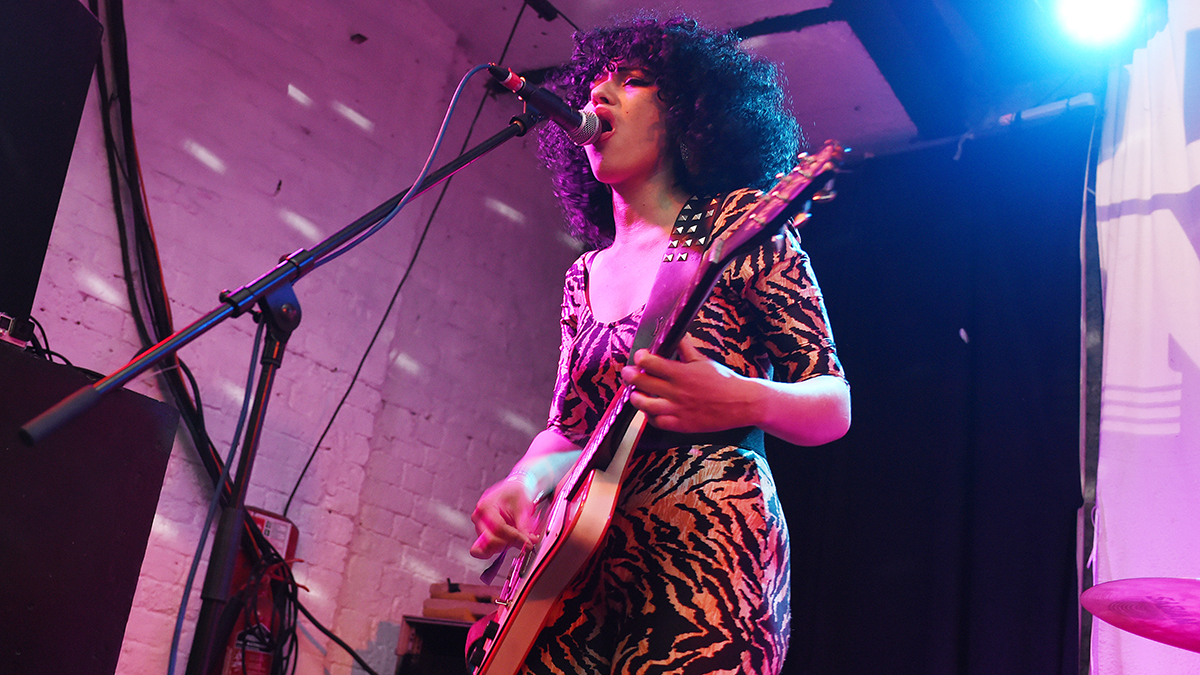Tom DeLonge: Five things we learned from his Ernie Ball String Theory episode
DeLonge discusses developing his guitar style, playing with Blink-182 and Angels & Airwaves, Ernie Ball Heavy Bottom strings, UFOs and more
Ernie Ball recently premiered the latest episode of String Theory, starring Tom DeLonge, which you can watch above.
A web series created by Ernie Ball, String Theory explores the sonic origins of influential and innovative musicians. In the episode, DeLonge discusses early inspirations, his creative process, how he gets his signature tone with Ernie Ball electric guitar strings, and much more.
Here are five facts revealed in the episode.
1. DeLonge’s guitar style was developed in large part from being the only guitar player in Blink-182 (2:00): “I try to incorporate riffs that have resonating notes and things that are happening behind the riff because I wanted it to sound like a rhythm guitar.”
2. Angels & Airwaves might sound much different from Blink-182, but DeLonge’s playing hasn’t changed much (3:06): “When I created Angels & Airwaves, I didn’t change the style of guitar I was playing. Literally I played the same way but I was adding effects to it that made those riffs sound different. Because I all I wanted was something that sounded like it was echoing over a large place. So I put echoes on everything.”
3. The songs, however, have (3:40): “The songs have changed because guitar isn’t always the only featured thing in it. Like I’ll listen to Sigur Ros and I’ll say that’s a cool world. That song lives in a world, and what the drums are doing and what the synthesizers are doing and what the vocals are doing creates this kind of planet and I want to create a song like that planet."
4. He puts being a musician into two categories (4:57): “You create the art, and the second category is you communicate the art. And they’re both difficult to do because creating the art is a year-long process in the studio and the big kind of win at the end is when you get to play it. The second part of it is, okay, now you’ve gotta go communicate it. Now you’ve gotta get onstage and play it. You have to show people how you mean it. Like if you just go up there and look at the floor and play it then that’s telling people that’s how you feel about your own song. I think it’s a big deal to go out there and give it everything you’ve got.”
All the latest guitar news, interviews, lessons, reviews, deals and more, direct to your inbox!
5. He really, really likes space (10:53): When I did the space thing I think people were like, ‘Okay that’s his thing, He’s into space, he’s going to make a space-punk band.’ But then I left to go create a real aerospace company and I think people were like, ‘Wow, he really does like space!’ ”
For the latest on Ernie Ball, visit ernieball.com.
Rich is the co-author of the best-selling Nöthin' But a Good Time: The Uncensored History of the '80s Hard Rock Explosion. He is also a recording and performing musician, and a former editor of Guitar World magazine and executive editor of Guitar Aficionado magazine. He has authored several additional books, among them Kurt Cobain: Montage of Heck, the companion to the documentary of the same name.

